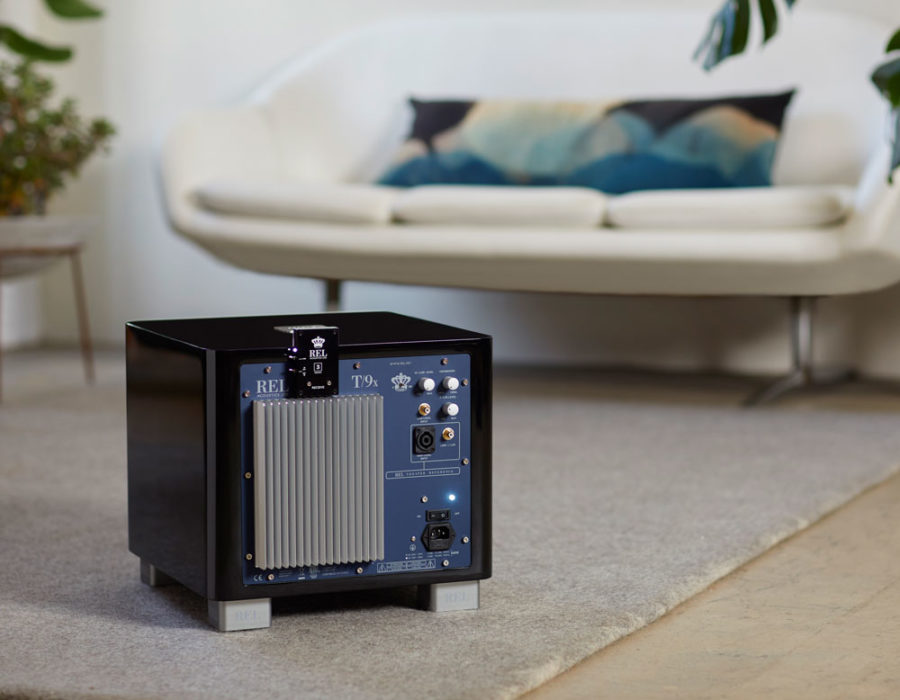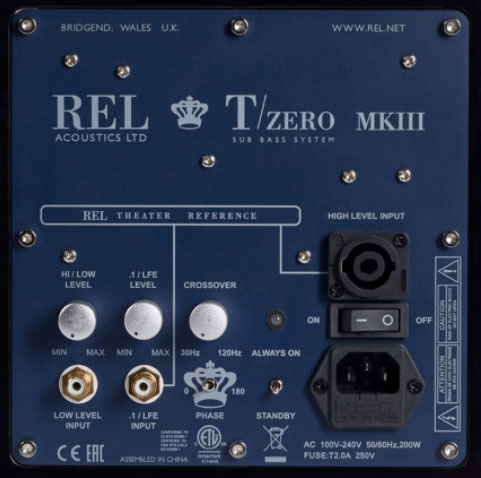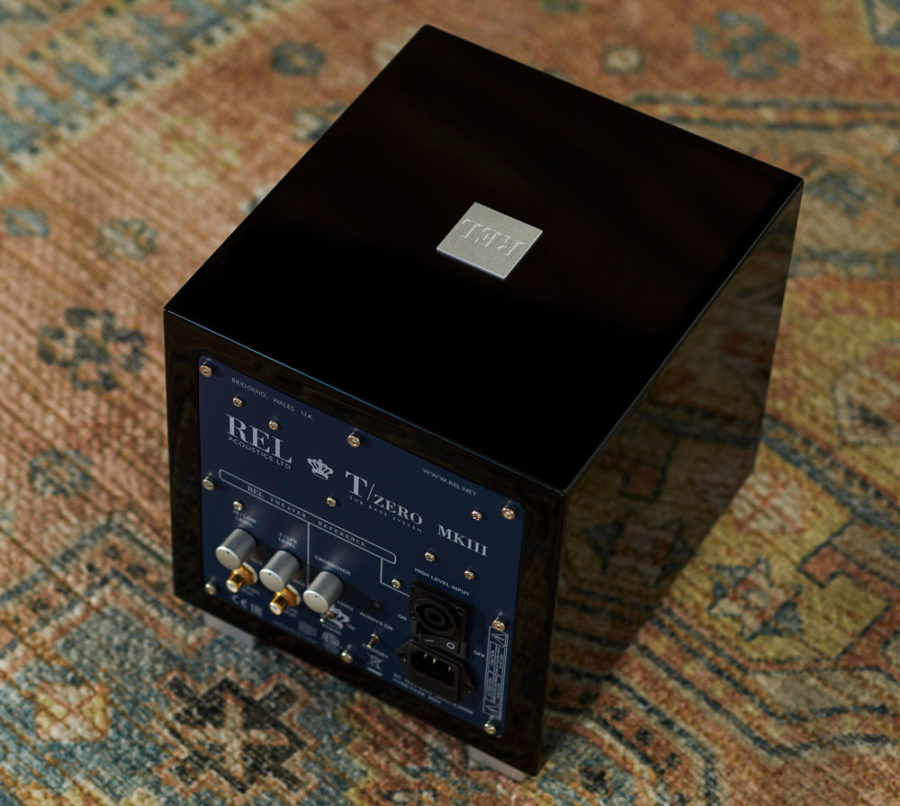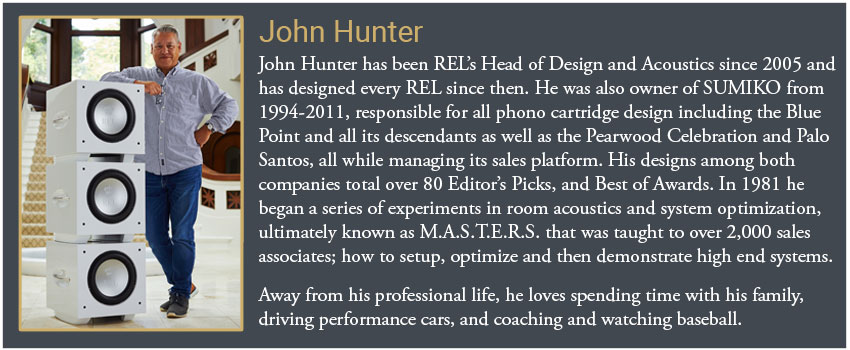Blog
Amplifier Power Consumption: Balancing Performance and Efficiency

Standby Circuits and Why We Recommend Leaving RELs Powered On
“Please Standby, We are Experiencing Technical Difficulties”: This should have been the headline that began the notification from the EU when it enacted its current standby circuit regulations. And it affects many in North America as well.
We at REL have always adopted a design stance that favors efficiency wherever possible. This approach extends to our amplifier designs. Recently, a customer wrote to me stating that he so enjoyed the purchase of his new REL Tzero MKIII that he wanted to purchase a larger unit, our T/9x but he would only do so if we offered a Standby circuit. I wrote him back explaining that in North America we don’t offer Standby circuits on anything except our Tzero MKIII and our larger Class D amps (in the EU and UK we do so by requirement but perhaps if more gear were designed like ours, it would never have become necessary).
Back in the not-so-distant olden days of 2010, standby circuits were employed on all sorts of low level audio gear. When I say low level, I mean items like source components such as CD players, tuners, and also preamps that don’t draw much by their very nature. It was also pretty common, and still is today, for tube equipment to feature a standby circuit as well as an audio mute circuit to allow the heaters on their tubes to warm up quietly and eliminate possible noise during startup. These circuits were great because they allowed enough power, say 5 watts or so, to keep the sensitive low level circuits warm, which cut the warmup time from an hour or so down to a few minutes. Solid state preamps and even amps featured these too because the input circuit for a large power amp can take hours and sometimes even days to arrive at their best sound. But the European Union’s draconian requirement to limit current draw at idle (standby) to just ½ watt changed all that.

Why? It’s a classic case of bureaucrats and politicians being allowed to make regulations, not engineers. If 5 watts is good, why not .5 watts? Answer, ½ watt is barely enough to light the damned LED to tell you your unit is actually in standby. In fact, it’s such a tiny amount of power that it effectively acts like an on/off switch shocking your delicate components on from dead cold. Why is this a bad thing? Because the single biggest contributor to long-term damage to amplifiers, especially large, high current amplifiers of the type that REL employ, is the sudden inrush of current surging into the power supply to charge the large banks of capacitors used to filter and supply energy during instantaneously loud passages.
In one day in 2010, the Standby circuit went from being a meaningful contributor to both sound quality and to the long-term reliability of customer’s investments in all manner of high quality audio gear, to being an agent of annoyance and unreliability. From high end amplifiers and preamps to digital equipment of all kinds (digital done properly requires enormous consumption of a/c to provide the dynamics of which it is capable) audio gear suddenly began taking a very longtime to warmup and sound its best.
So, what did many lovers of high quality sound do? They began leaving their equipment on all the time: “Hey, if my MKIV digital whatsit takes 3 days to sound decent but only consumes 20 watts at idle I’ll just leave it on all the time. I don’t have time to wait three days every time I want to listen to my system.”
At the time, our Class A/B power amps in our then-T Series (now Serie T/x) consumed about 20-40 watts per hour, too much we felt to be good stewards of the land. So we studied them and listened to our designs to determine how much effect on sound quality lowering the bias current would have. Bias is the tiny trickle of energy that pays huge benefits in sound quality by keeping the power transistors just ever so slightly on. This way the power transistors don’t go from dead cold to suddenly on (see how these rhythms keep repeating themselves). Because subwoofers, and ours cross over far lower than most, go very low but do not need to extend very high in frequency like the full range speaker or power amplifier (receiver) that drives it, we could greatly reduce the power we consume at idle. And while the old circuits sounded great within 30 seconds of playing music, our modern circuits require around 2 minutes to give off their best.

We are undoubtedly saved from anyone noticing these short warmup periods because your poor preamp and amp will, themselves, not sound their best for 15-30 minutes because their designers had to put the same standby circuits in. And because speakers and amps DO have to make sound all the way up to the highest highs, they cannot reduce bias like we did.
Look, we know some of you will decide to leave your audio gear running at all times and we pass no judgement for your doing so. You probably waste less water or something to balance things out. Know that a typical Class A/B amplifier runs at about 25% efficiency, meaning a typical 100 watt amp consumes about 25 watts at idle, while a typical 500 watt power amp consumes around 125 watts each hour. That’s a lot.
But our 200 watt T/7x consumes around 7 watts at idle (about what a child’s night light does), and the 300 watt T/9x? Just 9 watts, which is how we arrived at their model designations starting way back in 2010. So now you know how we dealt with this and you also get the minor satisfaction of knowing how we arrived at our model designations. Our larger designs use Class D which are inherently energy efficient so you can feel good about those while knocking holes in the floor with fantastic low bass.
And the very nice man who wrote in to demand we sell him a larger unit with a standby switch? By the time I’d written him a detailed explanation of what you just waded through, he had already purchased his new T/9x. Turns out, he couldn’t wait a couple days for a reply. In other words, he apparently couldn’t…stand by.
Enjoy!












